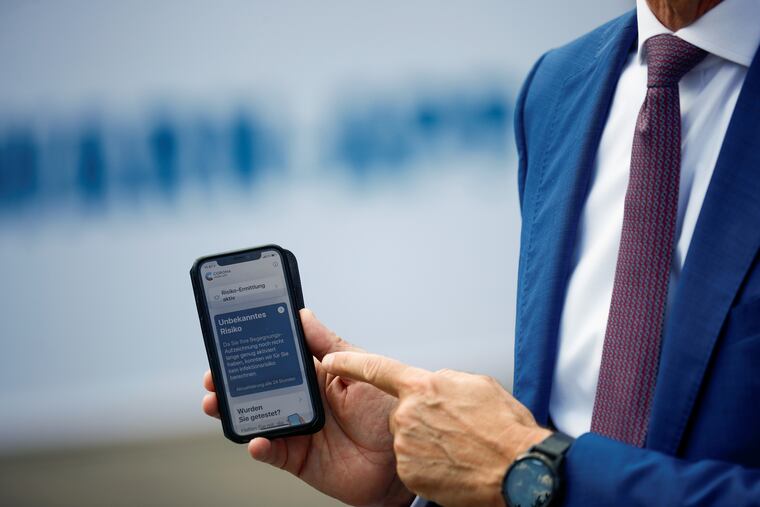Coronavirus contact tracing raises concerns about digital privacy
COVID-19 is the first pandemic in the digital era. Digital health solutions, including smartphone applications, have been developed to respond to the pandemic. Despite their promise, digital privacy remains an area of concern.
